13 Fashion Choices That Can Hint at Low Confidence

The clothes we wear speak volumes about how we feel about ourselves. Sometimes, our fashion choices unconsciously reveal our inner confidence levels to the world around us. While there’s no one-size-fits-all approach to style, certain patterns might suggest we’re not feeling our best or most secure. Understanding these subtle signals can help us become more aware of how our wardrobe might be reflecting—or affecting—our self-image.
1. Overly Baggy Clothing
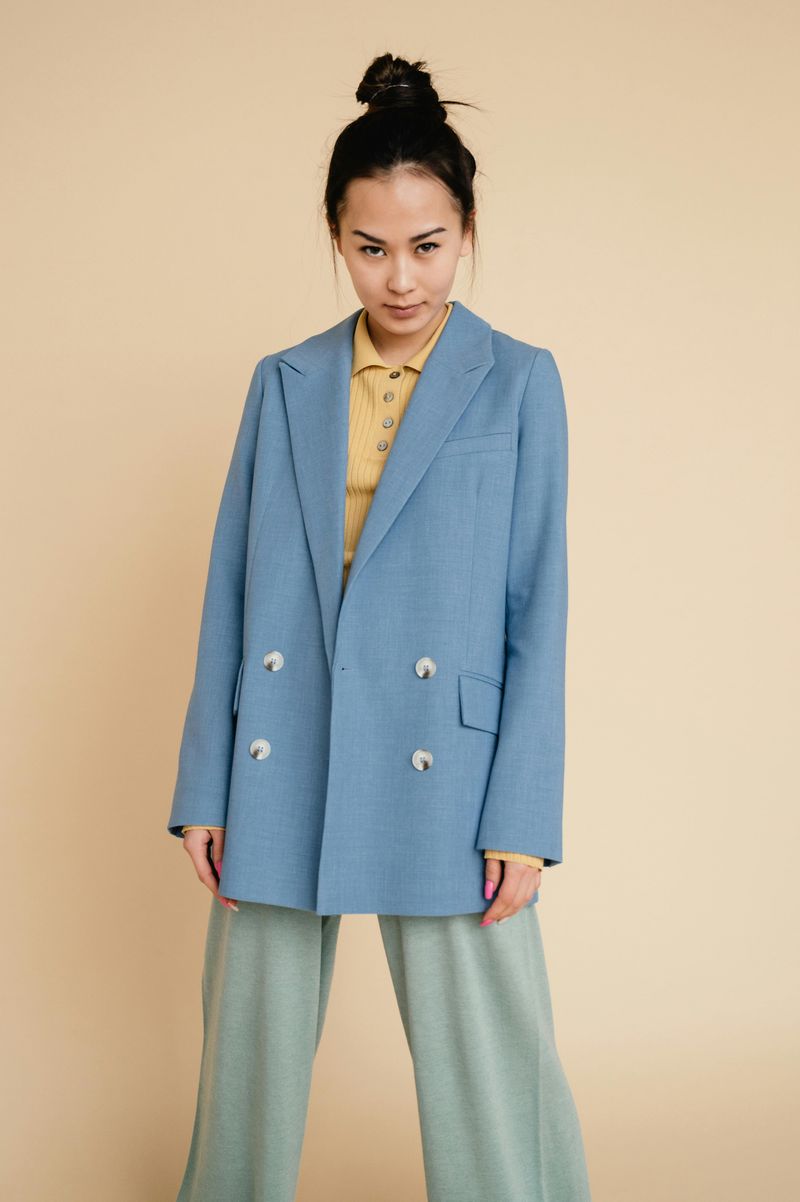
Loose-fitting clothes can be stylish and comfortable, but when someone consistently chooses items several sizes too large, it might be a shield rather than a style choice. People often use oversized hoodies, sweaters, and pants as a way to disappear, making their body shape less visible to critical eyes.
This tendency stems from a desire to hide perceived flaws rather than embrace one’s natural silhouette. The extra fabric creates a barrier between the wearer and the world. Many who struggle with body image find temporary comfort in this approach.
However, properly fitted clothing (which doesn’t mean tight) actually tends to be more flattering and can gradually help build confidence. Even modest, comfortable clothes can be chosen in appropriate sizes that honor rather than hide your body’s natural shape.
2. Excessive Designer Logos

Brand names plastered across every inch of an outfit often mask an underlying insecurity. When someone’s wardrobe screams logos from head to toe, they might be using these recognizable symbols as a substitute for personal style or as validation from others.
The psychology behind logo-mania sometimes reveals a person seeking external approval rather than internal satisfaction with their choices. They’re essentially borrowing confidence from established brands rather than developing their own aesthetic voice.
Truly confident dressers typically mix high-end pieces with more affordable items and don’t need constant brand recognition to feel stylish. They might appreciate quality designer items but choose them for craftsmanship and design rather than the visible logo that announces the price tag to everyone in the room.
3. Never Leaving the “Safe” Zone
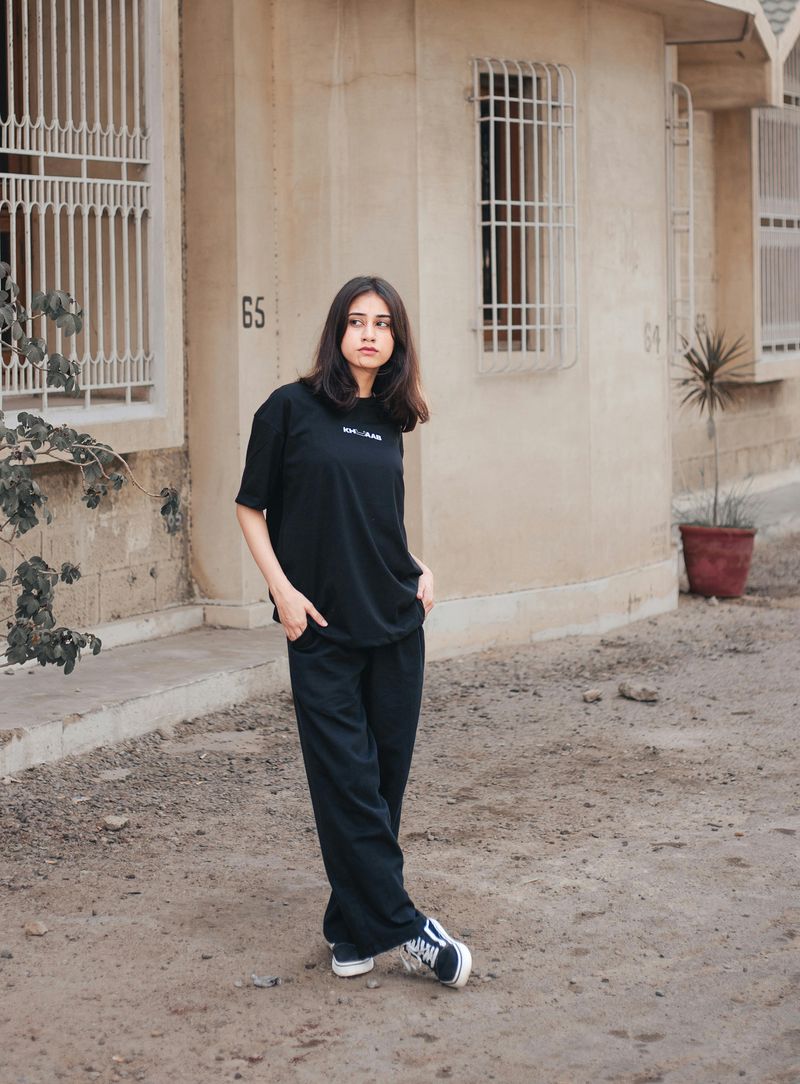
Sticking exclusively to beige, black, gray and other neutral tones can sometimes indicate someone afraid to express themselves through color or pattern. While minimalist wardrobes are perfectly valid style choices, completely avoiding any visual interest might suggest fear rather than preference.
Many people who never venture beyond their safe fashion choices admit they admire bolder styles on others but don’t feel “worthy” of wearing them themselves. They worry about drawing attention or criticism, so they opt for invisibility through clothing that blends into the background.
Adding just one small element of personal expression—whether a colorful accessory or slightly more interesting silhouette—can be a gentle first step toward more authentic dressing. Fashion confidence builds gradually, and even small risks can lead to greater comfort with self-expression over time.
4. Over-Accessorizing
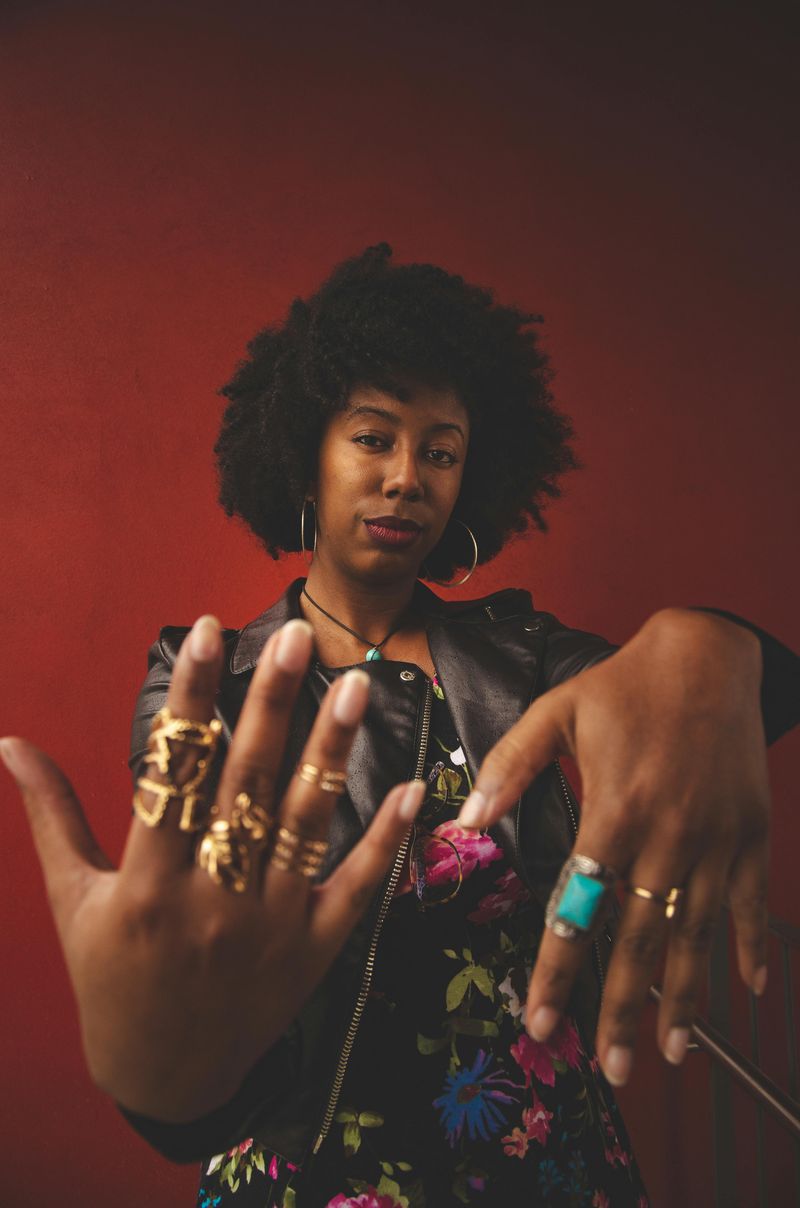
Piling on multiple necklaces, stacks of bracelets, several rings per finger, and statement earrings simultaneously often reveals someone trying too hard to prove their style credentials. When accessories compete for attention rather than complement each other, the overall effect suggests fashion anxiety rather than confidence.
People who feel uncertain about their core style sometimes compensate by adding more and more elements, hoping that quantity will make up for their perceived lack of fashion intuition. The jewelry, scarves, hats, and other add-ons become a distraction technique.
Fashion experts often recommend the “take one thing off before leaving home” approach for a reason. Confident styling usually involves thoughtful curation rather than maximalism for its own sake. Letting a few well-chosen pieces shine demonstrates trust in your personal taste and allows each element to make its intended impact.
5. Wearing Trends Too Early (or Too Loudly)
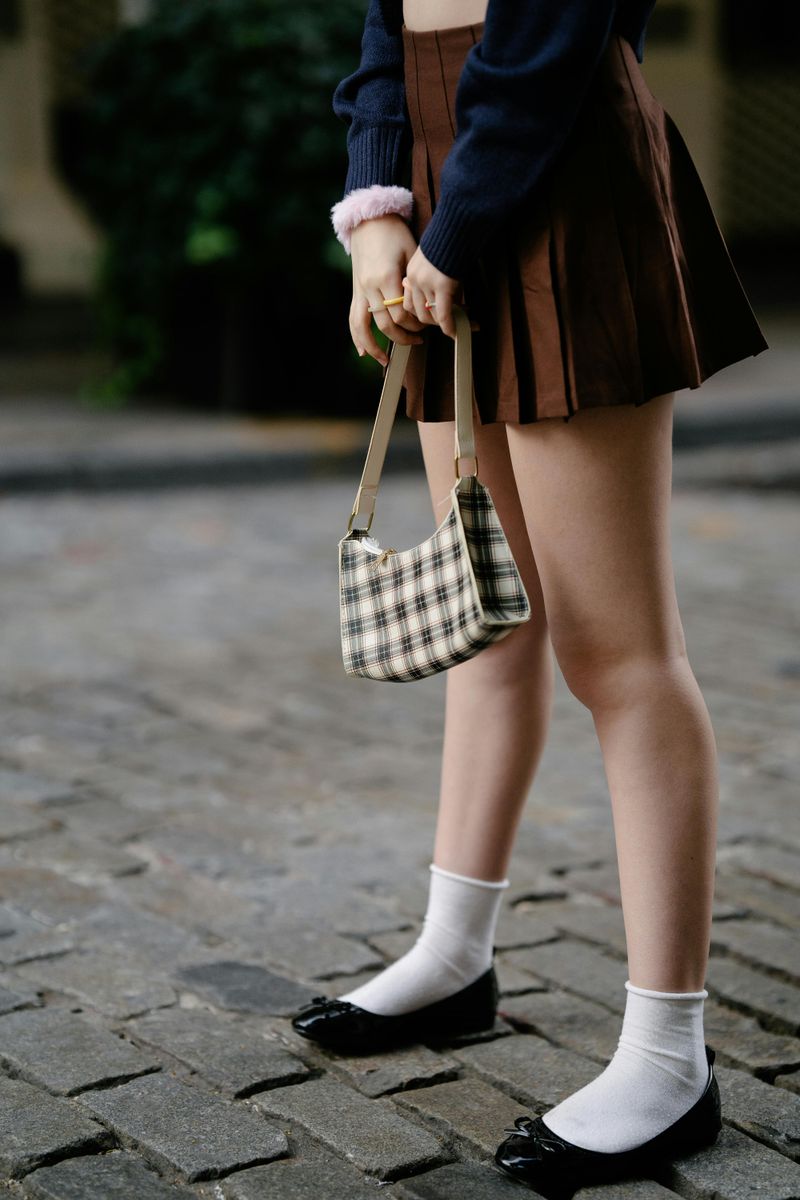
Jumping on every fashion trend the moment it appears—especially in its most extreme form—often signals someone seeking external validation rather than developing personal style. The person who immediately adopts the wildest version of platform shoes, neon colors, or dramatic silhouettes might be chasing acceptance rather than expressing themselves.
This approach to fashion prioritizes being seen as “in the know” above finding what truly works for one’s body, lifestyle, and personality. Trend-chasers frequently abandon pieces quickly when the next hot item appears, creating a scattered wardrobe without cohesion.
Confident dressers typically evaluate trends through the lens of their established personal style, adopting only elements that genuinely resonate with them. They might incorporate trends subtly or wait until they’ve evolved into more wearable versions, showing they dress for themselves rather than for others’ approval.
6. Never Trying New Styles
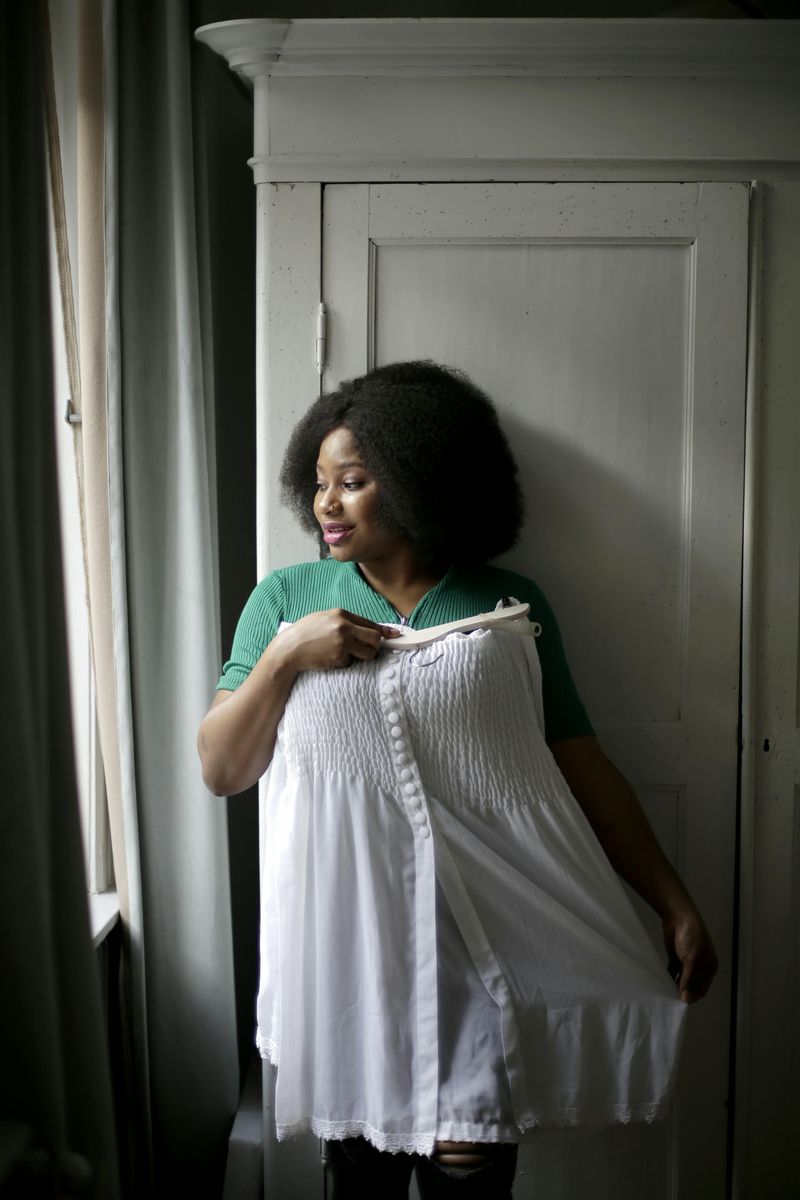
Someone who has worn essentially the same outfit formula for decades might be trapped in a comfort zone born of fashion fear. While signature styles can be powerful, complete resistance to evolution often stems from anxiety about making mistakes rather than from having found perfection.
Many people become frozen in the era when they felt most confident or received the most compliments. They might still be sporting the exact same hairstyle, makeup techniques, and clothing silhouettes from their 20s well into their 50s or beyond, missing opportunities for refreshing their look.
Even classic dressers benefit from subtle updates that acknowledge changing times, body shapes, and lifestyle needs. Small experiments with newer cuts, fabrics, or styling approaches can breathe fresh life into a wardrobe without abandoning one’s core aesthetic, showing flexibility rather than rigidity born of insecurity.
7. Constantly Comparing to Others

Frequently changing your style to match whoever you admired most recently reveals a shaky fashion foundation. Monday’s outfit channels your stylish coworker, Tuesday mimics a celebrity you saw online, and Wednesday copies your fashionable friend’s look from the weekend.
This chameleon approach to dressing suggests you don’t trust your own aesthetic judgment enough to develop a consistent personal style. While inspiration is natural, wholesale adoption of others’ looks creates a disjointed wardrobe that never quite feels authentic.
Fashion confidence emerges when you identify elements that resonate with you across different sources of inspiration and integrate them into a coherent personal style. The most memorable dressers aren’t perfect clones of others but rather individuals who’ve thoughtfully curated influences into something uniquely their own, showing they value their own taste above external validation.
8. Inconsistent Style Identity
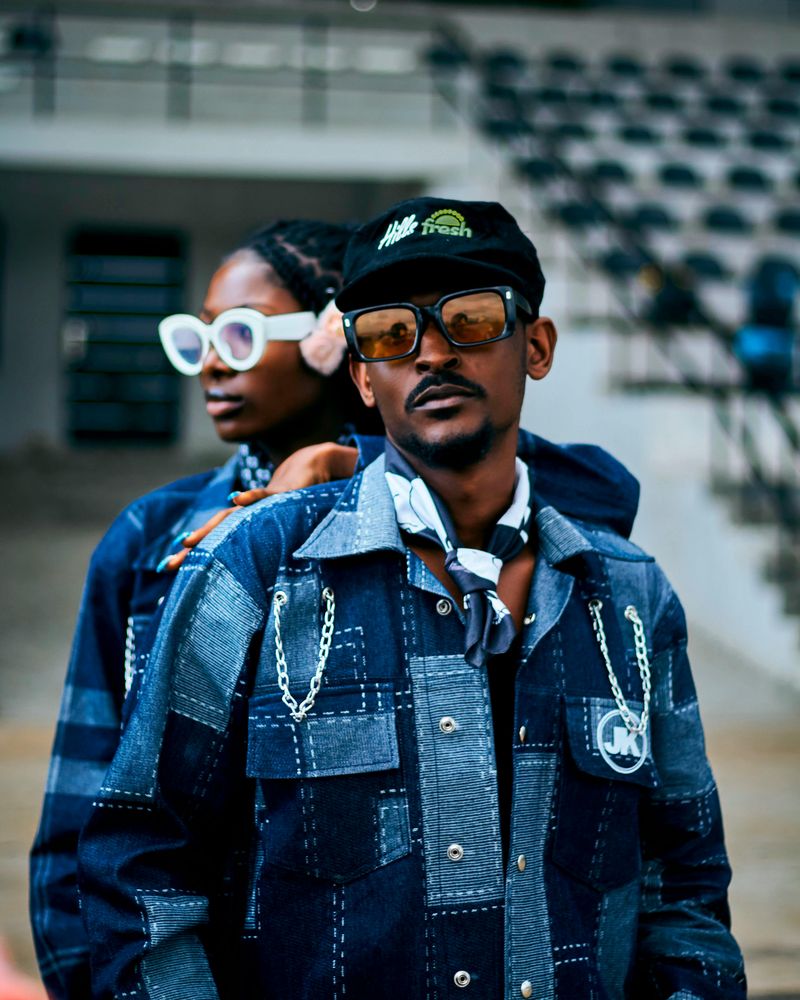
Radical style shifts from day to day often reveal someone still searching for their authentic fashion voice. Unlike thoughtful experimentation, these dramatic swings—preppy one day, goth the next, bohemian after that—suggest a person trying on complete identities rather than building a cohesive personal aesthetic.
Friends might never know what version will show up, as the person seems to reinvent themselves constantly through clothing. While playfulness with fashion is healthy, complete personality overhauls through dress often mask uncertainty about who you really are.
Most confident dressers maintain certain signature elements across different occasions and moods. They might adjust formality or specific pieces, but their core style remains recognizable because it’s grounded in genuine self-understanding rather than external personas. Developing this consistency comes from identifying what truly resonates rather than what temporarily impresses.
9. Overly Revealing (When It Feels Forced)
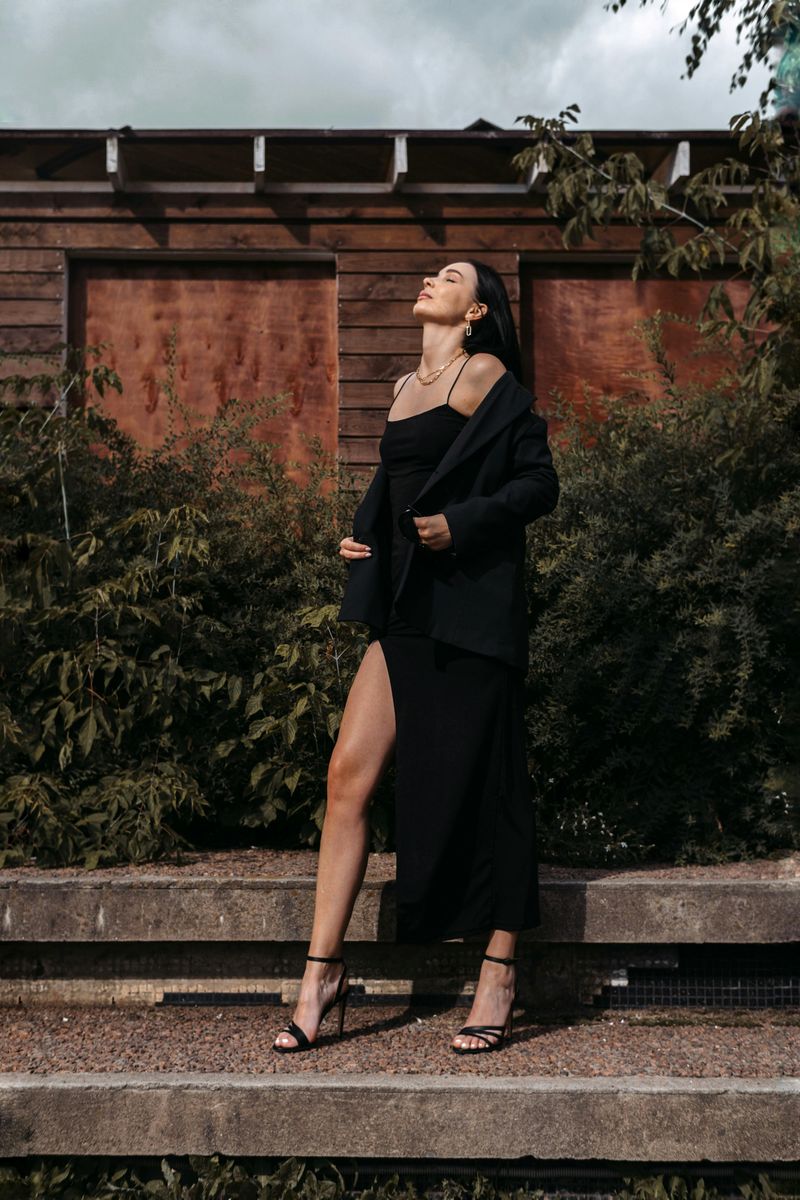
Consistently choosing revealing outfits that make you visibly uncomfortable signals dressing for others’ approval rather than personal confidence. The telltale signs include constant adjusting, crossing arms over exposed areas, and facial expressions that betray discomfort despite the attention-grabbing outfit.
Many people mistakenly equate showing skin with projecting confidence, when genuine style assurance actually comes from wearing what makes you feel your best. Someone truly comfortable with revealing clothes moves naturally in them without self-consciousness or constant readjustment.
The key difference lies in motivation: dressing revealingly because you appreciate your body and the style versus doing so primarily to attract validation or attention. Clothing choices aligned with your authentic comfort level—whether modest or more revealing—reflect true confidence rather than a performance of it that leaves you feeling vulnerable and exposed.
10. Covering Up Too Much
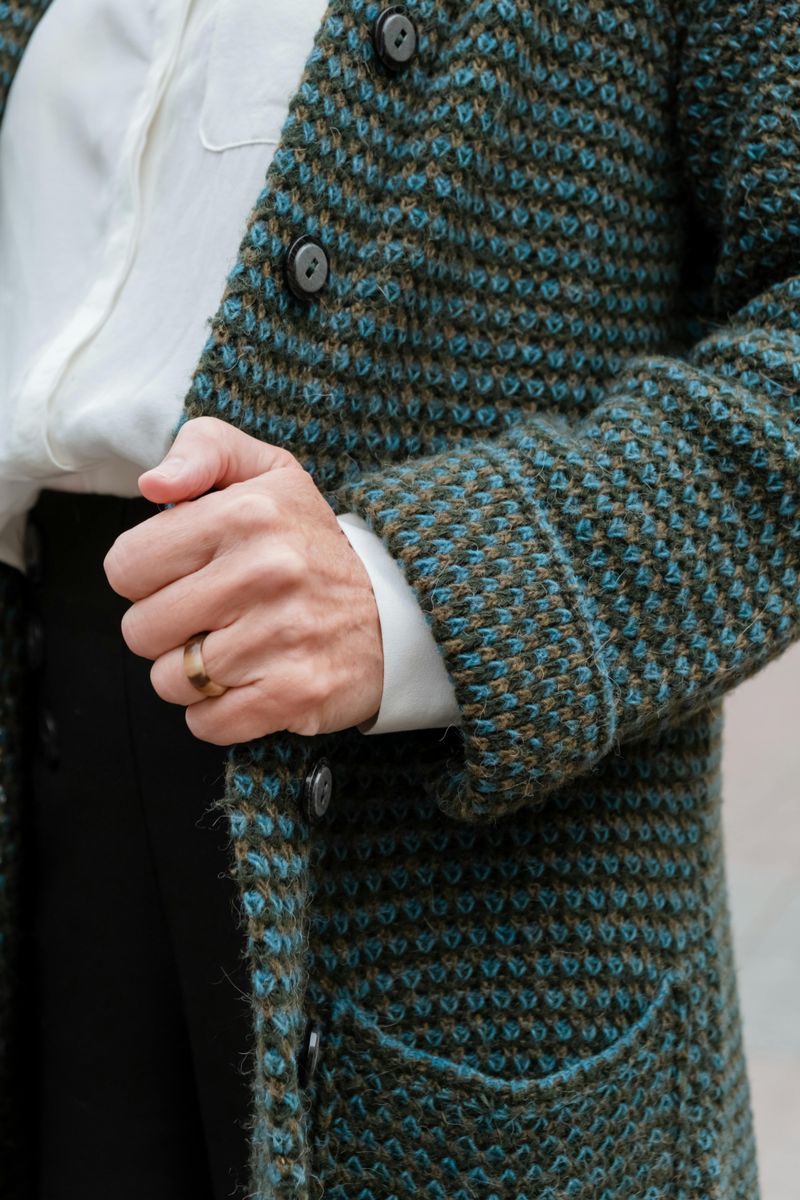
Excessive layering regardless of weather or consistently hiding behind high necklines, long sleeves, and oversized silhouettes might indicate body image struggles rather than style preferences. Someone using clothing primarily as concealment often chooses pieces based on coverage potential rather than aesthetic appeal.
Many who adopt this approach report feeling anxious about showing even appropriate amounts of skin in casual settings. They might wear jackets in summer or refuse to remove outer layers even when overheated, prioritizing psychological comfort over physical comfort.
Fashion confidence doesn’t require revealing clothing, but it does involve choosing pieces for positive reasons rather than fear-based ones. Finding well-fitting, flattering clothes that honor your personal boundaries while still expressing your style—rather than simply hiding—represents a healthier relationship with both your body and your wardrobe.
11. Obsessing Over Matching Everything
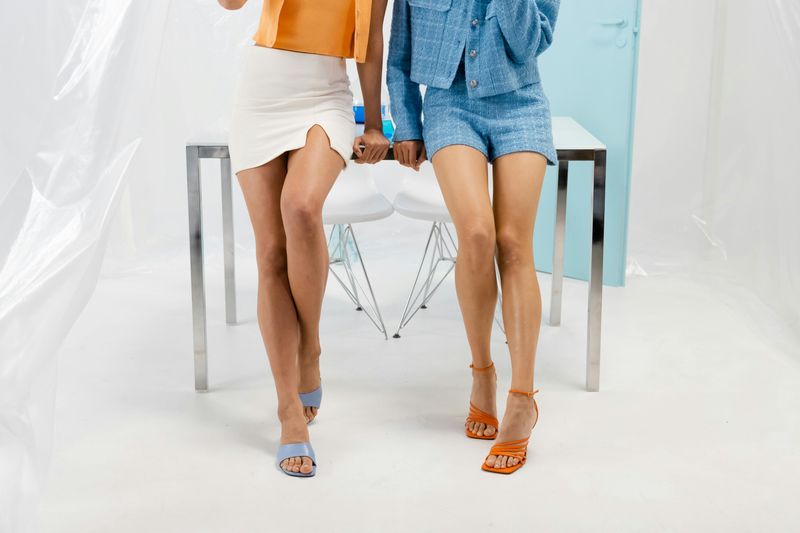
Painstakingly matching every element of an outfit—from shoes exactly the same shade as the purse to jewelry that perfectly coordinates with clothing accents—often reveals someone afraid of making fashion “mistakes.” This approach treats personal style as a mathematical equation rather than creative expression.
The perfectly-matched dresser typically spends excessive time worrying about whether things “go together” according to rigid rules they’ve internalized. They might even avoid wearing otherwise-loved items if they can’t find the “perfect” accompanying pieces in precisely the right shade.
Style confidence actually shows in thoughtful coordination rather than exact matching. Mixing complementary colors or intentionally contrasting elements demonstrates a more sophisticated understanding of fashion principles and greater trust in one’s own aesthetic judgment. The slight tension between different elements often creates more visually interesting and personally expressive outfits.
12. Hiding Behind One Signature Look

Wearing virtually identical outfits every day might represent a uniform born of insecurity rather than intentional minimalism. While some confident people choose signature looks for efficiency, others use them as armor against potential criticism or decision fatigue.
The key difference lies in flexibility—someone using a signature look as a shield feels anxious when circumstances require deviation from their formula. They might avoid events with different dress codes or feel extremely uncomfortable on occasions when their usual outfit wouldn’t be appropriate.
Healthy signature styles typically involve core principles rather than exact replicas. The wearer understands what flatters them and what expresses their personality, but can adapt these elements across different contexts and occasions. They’ve developed their repeat look through positive choice rather than fear of alternatives, allowing for natural evolution and occasional departure.
13. Dismissing Your Own Style Preferences

Regularly saying things like “I could never pull that off” or “That’s not for people like me” reveals deep fashion insecurity. These self-imposed limitations often have nothing to do with physical realities and everything to do with mental barriers about what you believe you’re “allowed” to wear.
Many people unconsciously create rules about who can wear certain styles based on age, body type, or social position. They might genuinely love particular aesthetics but talk themselves out of trying them before even experimenting, convinced they don’t “deserve” to express themselves that way.
True style confidence involves questioning these assumptions and giving yourself permission to explore what genuinely attracts you. Fashion should ultimately be about personal expression and joy rather than restriction. The most confident dressers aren’t necessarily the most conventionally stylish, but rather those who’ve aligned their outward appearance with their authentic inner preferences.

Comments
Loading…